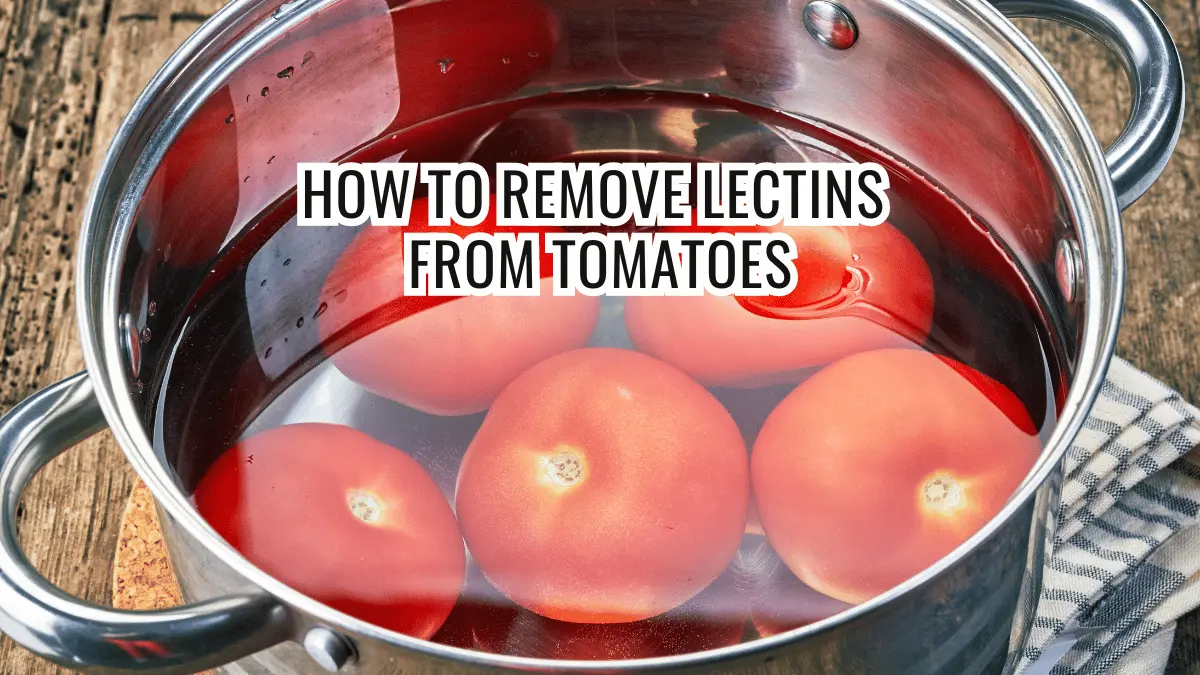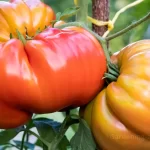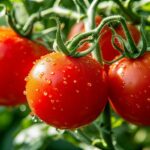We use affiliate links to run our site. When you buy through links on our site, we may earn an affiliate commission, without any added cost to you. Learn more
So, you’ve heard about lectins and want to know how to remove them from your diet. You’re not alone. The truth is that many fruits and vegetables contain lectins.
In this post, we will learn how to remove lectins from tomatoes using a variety of different preparation methods.
So, if you want to find out if tomatoes contain lectins and how to remove them, keep on reading.
Latest Posts
What are lectins:
Lectins are a group of proteins that are found in many foods. It binds to carbohydrates and is known to cause inflammation, damage the gut lining, inhibit insulin production, and interfere with hormonal balance.
Lectins are found in many plants, but they can also be found in animal products like dairy products, eggs, and meat from animals fed with grains or beans, which contain these proteins as well as genetically modified foods (GMOs) used for animal feed such as corn or soybeans.
Lectins are some of the most common anti-nutrients. Fortunately, you can remove a lot of them with simple preparation methods.
Do Tomatoes Contain Lectin?
Yes, tomatoes contain lectins but the amount is quite low. The lectin in tomatoes is called tomato agglutinin (TA).
But you don’t need to worry you can keep tomatoes in your daily diet. There are also many nutrients present in tomatoes that you just can’t afford to miss.
While some individuals might experience sensitivity to lectins in tomatoes, most people tolerate them well. (source)
If you are allergic to lectins, you can use the methods described in this post to remove the lectin easily from your tomatoes.
Other Vegetables That Contain Lectins?
They’re found in a wide variety of foods, including many vegetables. They help plants protect themselves from predators and insects.
Other vegetables that contain lectin include:
Is Tomato Paste High in Lectins?
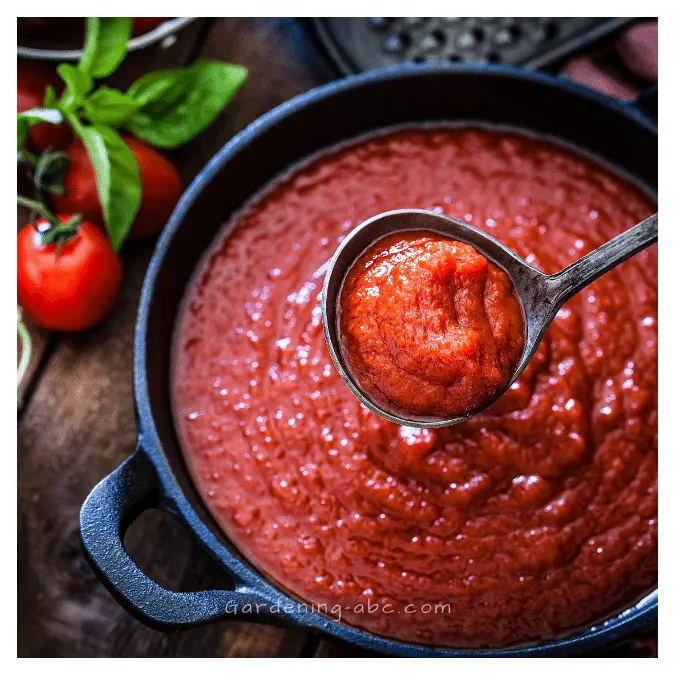
Tomato paste is made from the seeds, pulp, and skins of the tomato. The seeds are ground into a powder and then cooked into a paste. The pulp is cooked until it becomes soft and mushy. The skins are cooked until they become tender and then added to the pulp.
Tomato paste is high in lectins because it contains both seeds and skins, the two main storage places for lectins in tomatoes.
There are many ways to remove lectins from food. Peeling, cooking, and soaking are all effective methods of reducing the number of lectins in your diet.
Method 1- Soaking:
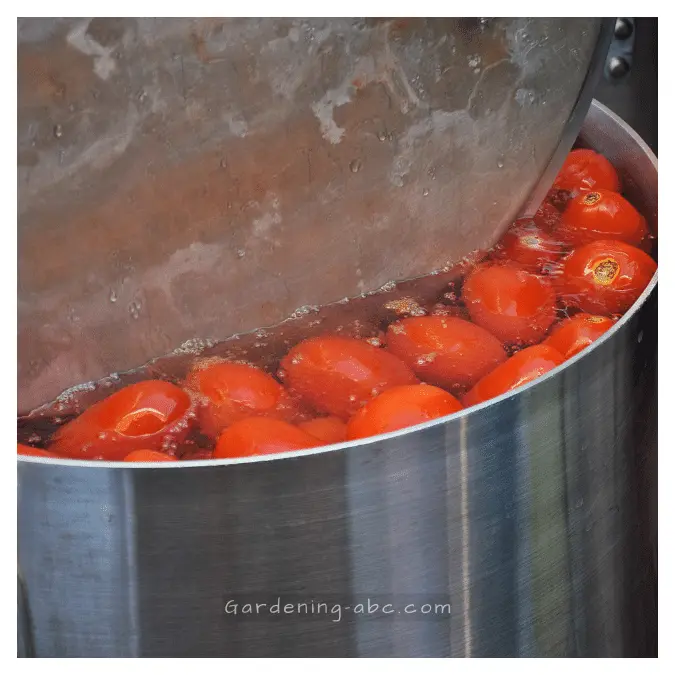
Soaking tomatoes in salt water can reduce the number of lectins they contain.
You can soak tomatoes in a bowl of water with a few tablespoons of salt added. The amount of salt you should use will depend on the size of your tomatoes.
Soak them for at least 5 hours and even overnight in a bowl of water, with enough salt added to make it taste like the ocean. Drain and rinse well before using.
This is probably the easiest way to remove lectins from food because you don’t have to do anything except leave it in water overnight or longer if necessary.
Method 2- Peel and Deseed your tomatoes:

Peeling and deseeding tomatoes removes most of their lectin content, leaving behind a fleshy fruit that is easy to digest.
Just peel off the skin, cut into cubes, and deseed before eating! The seeds contain most of the lectin content.
Make sure you wash your hands thoroughly after handling this part of the tomato — tomato flesh contains saponins, which can irritate your skin and cause itching or rashes if you touch it with your hands!
Method 3- Using a Pressure Cooker:
Using a pressure cooker can help remove lectins from tomatoes. Place your tomatoes into a pressure cooker, along with enough water to cover them, then cook for 20 minutes at high pressure.
The heat will break down the cell walls, which allows proteins to leak out and dissolve into the liquid.
Method 4- Ferment the tomatoes:
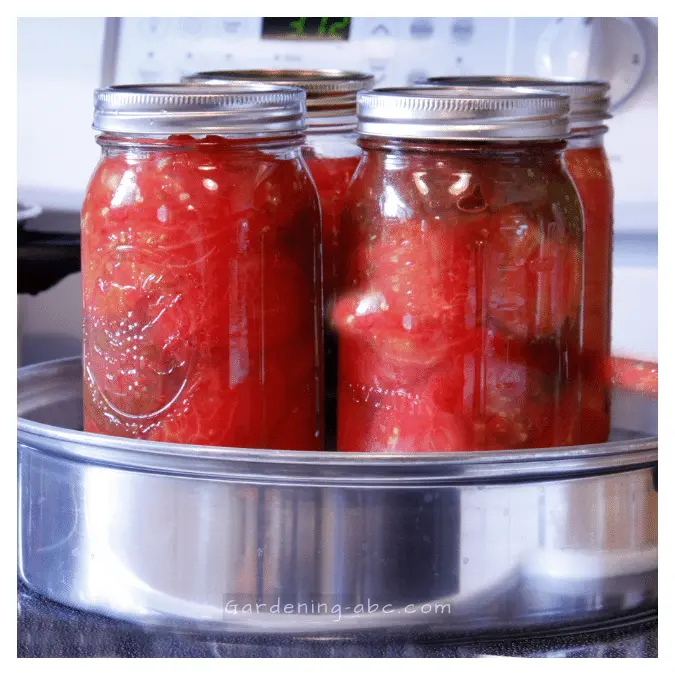
Fermenting tomatoes will also break down their lectin content, but it takes a lot longer than using a pressure cooker — between 3 days and 3 weeks, depending on the variety.
During fermentation, the bacteria convert those lectins from the tomato into other harmless substances. The food also becomes rich in probiotics, which is excellent for health.
Just remember, fermentation can’t kill all of the lectins from every other food, but for tomatoes, it can reduce the amount of lectin noticeably.
- Sorrell, Matthew (Author)
- English (Publication Language)
- 200 Pages – 11/30/2020 (Publication Date) – Alex Howard (Publisher)
Does Peeling Tomatoes Remove Lectins?
Peeling tomatoes does remove lectins. The lectin content of a tomato is concentrated in the skin and seeds. So when you peel the tomatoes, you remove quite a bit of lectin from the fruit.
How Do You Remove Lectins from Tomato Sauce?
Store-bought tomato sauce usually contains, on average a very low amount of lectins due to the high level of processing.
If you are making tomato sauce at home, just peel the skin, remove the seeds, and then cook it to remove the lectins for the tomato sauce.
Cooking Out the Lectins:
Cooking will destroy the lectins in tomatoes, but raw tomatoes may be a problem for very sensitive people. You can reduce the amount of lectin in raw tomatoes by removing the seeds and peeling off the skin.
Conclusion:
I’ve written this article to explain how to remove lectins from tomatoes safely. It may surprise you, but lectins are not bad for you. They’re actually harmless unless you have an autoimmune disease (like celiac disease or gastrointestinal disorder) or inflammatory bowel disease.
I hope this post has been helpful in letting you know just how easy it is to rid your diet of lectins from tomatoes.
So start enjoying your tomatoes wholeheartedly. You can easily grow them at your house. here is all the help you need.
If you like the post, do share it with others, and don’t forget to PIN IT for future reference.
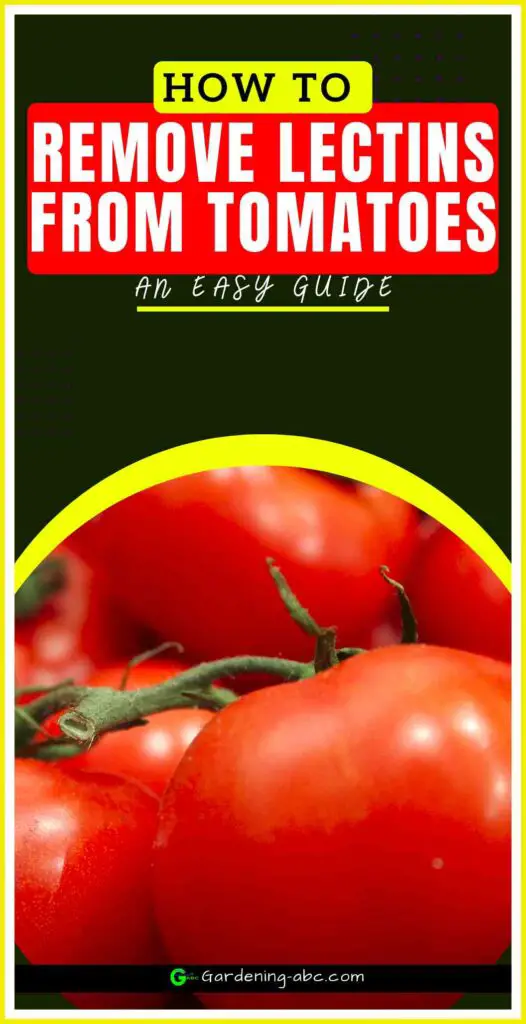
FAQs
Does Tomato Sauce Have Lectins?
Yes, tomato sauce also contains lectins. Just like with tomato paste, lectins are present in tomatoes, and while cooking can help reduce lectin levels, they may not be entirely removed.
What Are Lectin-Free Tomatoes?
Lectin-free tomatoes refer to tomatoes that have been specifically bred or modified to have lower levels of lectins. These varieties are designed for individuals who are sensitive to lectins. However, it’s essential to check the specific tomato variety and consult with a healthcare professional if you have concerns about lectin consumption.
Do Canned Tomatoes Have Lectins?
Yes, canned tomatoes can contain lectins. The canning process may reduce lectin levels to some extent, but they are not entirely eliminated. Cooking canned tomatoes can further reduce lectin content.
Does Pressure Cooking Destroy Lectins in Tomatoes?
Pressure cooking is an effective method to reduce lectin levels in tomatoes. The high temperatures and pressure can break down lectins, making them less problematic for those sensitive to them.
How to Remove Lectins from Cucumbers?
To reduce lectin levels in cucumbers, you can peel and deseed them. Most lectins are concentrated in the skin and seeds. Additionally, cooking or pickling cucumbers can help break down lectins.
Are Cucumbers High in Lectins?
Cucumbers contain lectins, but their lectin content is relatively low compared to some other foods. Removing the skin and seeds can further reduce lectin levels.
How to Remove Lectins from Zucchini?
To reduce lectin levels in zucchini, peel and deseed them, as most lectins are concentrated in the skin and seeds. Cooking or sautéing zucchini can also help break down lectins.
Does Salsa Have Lectins?
Salsa can contain lectins, depending on its ingredients. Tomatoes and peppers, which are commonly used in salsa, can have lectins. Cooking the salsa ingredients can help reduce lectin content.
Amazon and the Amazon logo are trademarks of Amazon.com, Inc, or its affiliates.

Hi there! My name is Prasenjit and I’m an avid gardener and someone who has grown a passion for growing plants. From my hands-on experience, I have learned what works and what doesn’t. Here I share everything I have learned.
